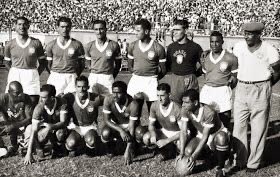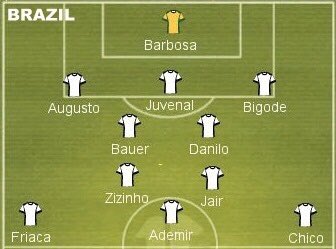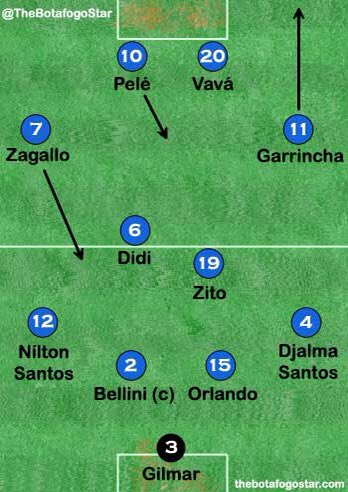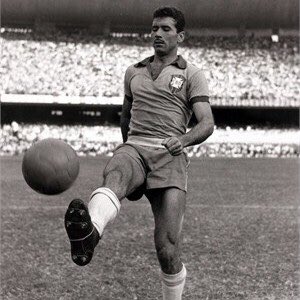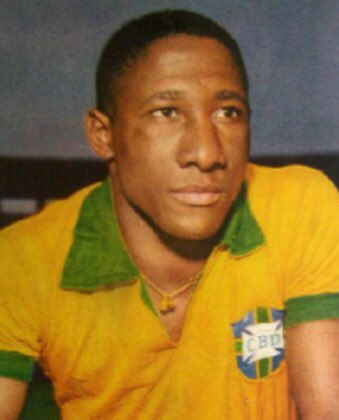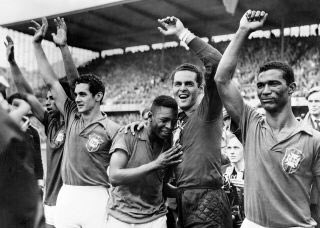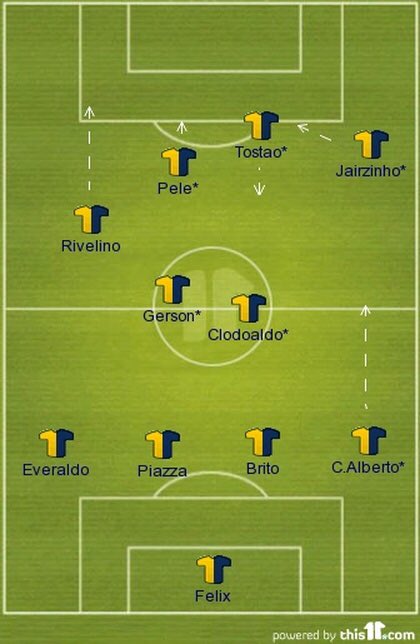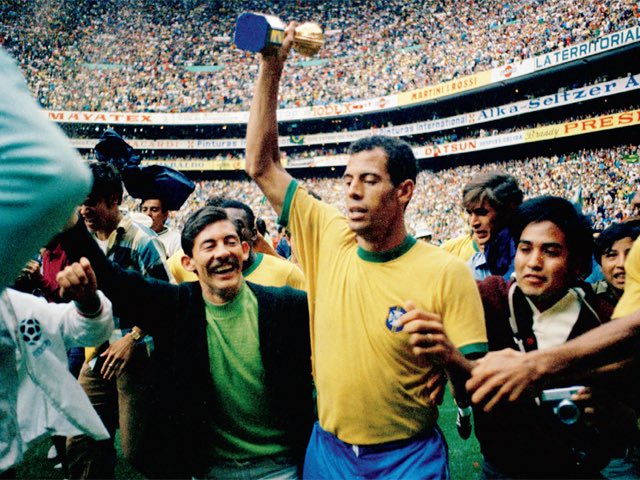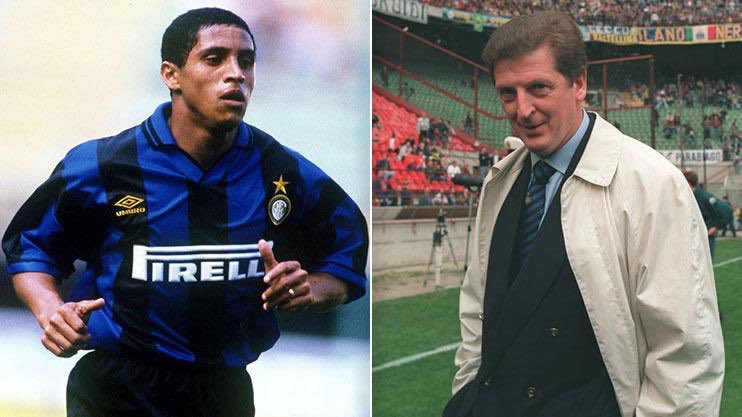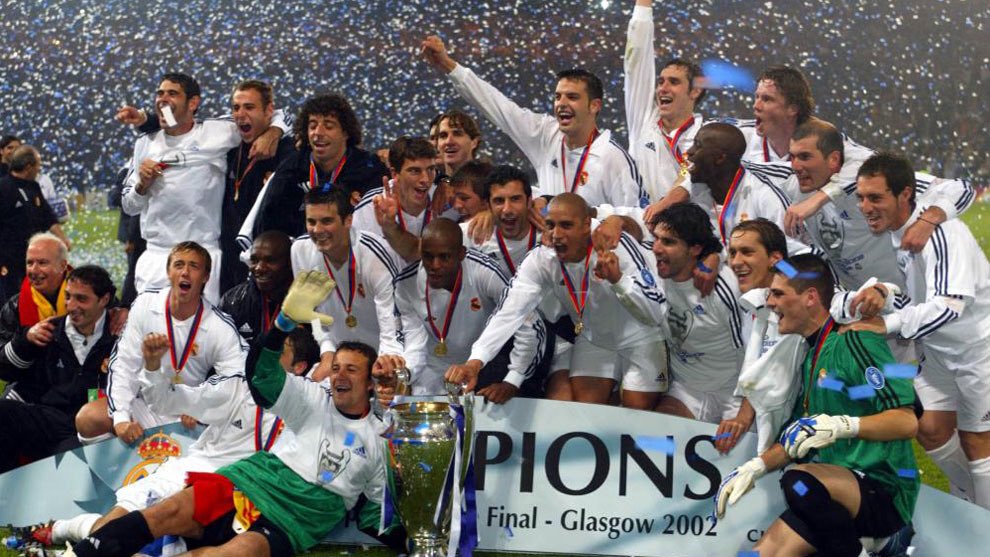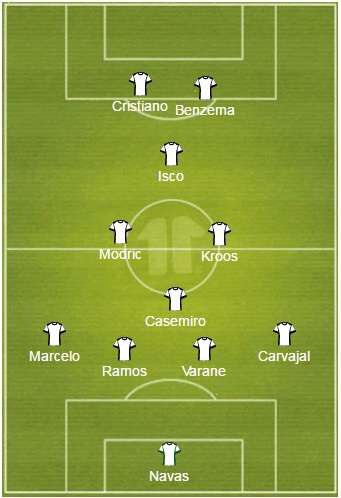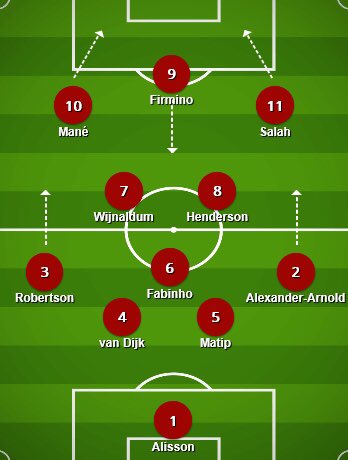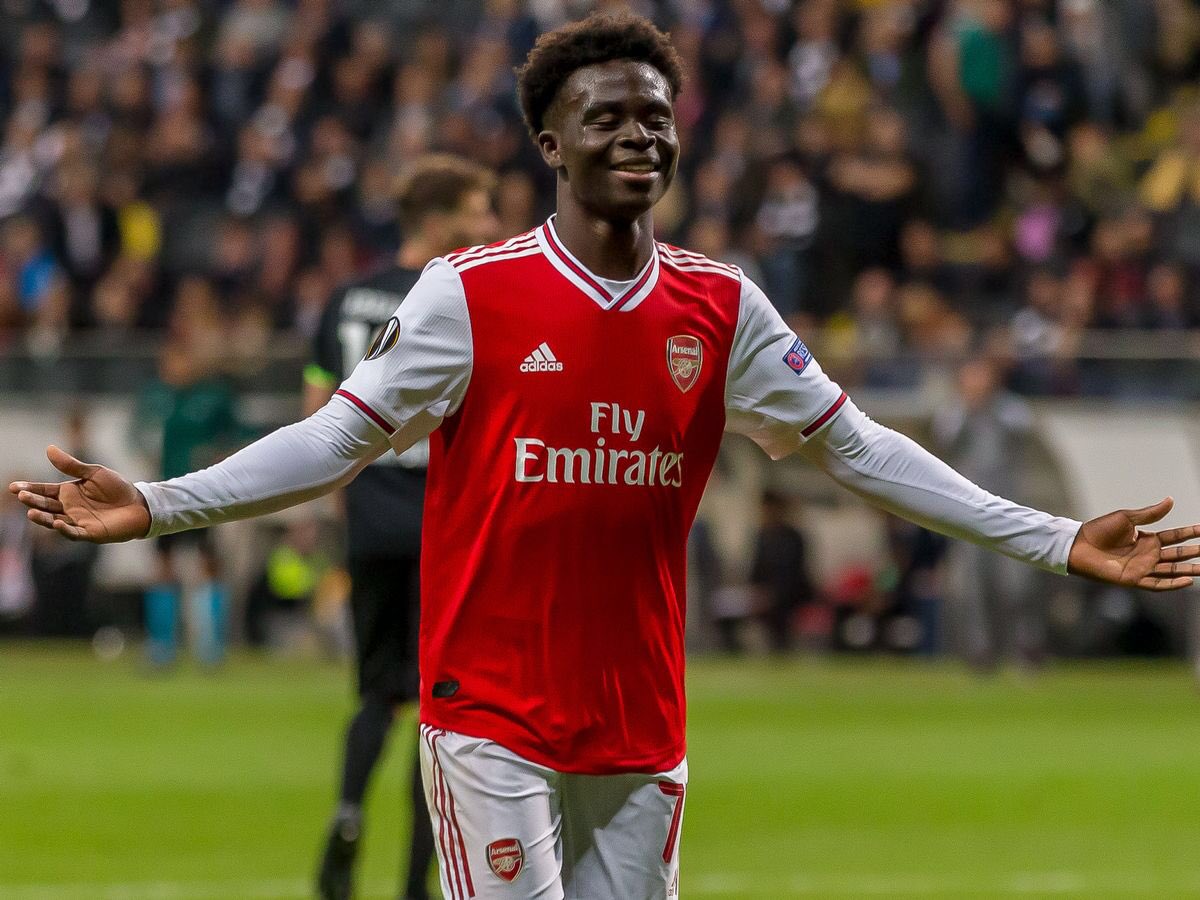In the 1950s, most teams operated a 3 back system.
The one centreback marked the opposing striker.
The two narrow fullbacks marked the opposing wingers.
The one centreback marked the opposing striker.
The two narrow fullbacks marked the opposing wingers.
At this point in history, the fullback positions were seen as ‘boring’.
They did not received the ball very often and were meant to solely mark the opposing wingers.
They did not received the ball very often and were meant to solely mark the opposing wingers.
In the 1958 World Cup, Brazil pioneered a 4 back formation.
By dropping a midfielder into the backline, the fullbacks found themselves much wider and with more space.
By dropping a midfielder into the backline, the fullbacks found themselves much wider and with more space.
This system worked wonders for The Seleção.
They did not concede a goal until the semi-final.
Nilton Santos and Djalma Santos ran riot at fullback by overloading the opposing back 3.
They did not concede a goal until the semi-final.
Nilton Santos and Djalma Santos ran riot at fullback by overloading the opposing back 3.
Brazil went on to win their first World Cup with a 5-2 win against Sweden in the final.
The Brazilians had rewrote the game.
The Brazilians had rewrote the game.
The 1970 World Cup came and Brazil had improved their system to protect against counter attacks.
Whichever side the ball was on, the respective fullback pushed up the field.
The remaining three defenders would form a ‘new’ back 3 and essentially overloading the ball side.
Whichever side the ball was on, the respective fullback pushed up the field.
The remaining three defenders would form a ‘new’ back 3 and essentially overloading the ball side.
Captain Carlos Alberto led Brazil to a successful tournament and put his name in the books as one of the best fullbacks of all time.
Fast forward to 1996.
Roberto Carlos was playing for Roy Hodgson at Inter.
Attacking wingbacks were still not popular in Europe.
Hodgson didn’t believe in Carlos’ defensive discipline to play LB and was tried out everywhere else.
This ultimately led to his Real Madrid move.
Roberto Carlos was playing for Roy Hodgson at Inter.
Attacking wingbacks were still not popular in Europe.
Hodgson didn’t believe in Carlos’ defensive discipline to play LB and was tried out everywhere else.
This ultimately led to his Real Madrid move.
Real Madrid manager, Fabio Capello broke from tradition and allowed Roberto Carlos to attack as a deep lying threat.
Carlos flourished in this system and became a structual piece of the LEGENDARY Galacticos.
Carlos flourished in this system and became a structual piece of the LEGENDARY Galacticos.
In 2011 Pep Guardiola’s tiki taka Barcelona were the pinnacle of football.
He used a false 9 who dropped into midfield with two 8s and a deep DM.
The two inverted wingers made diagonal runs into the middle whilst the fullbacks filled the spaces left by the wingers.
He used a false 9 who dropped into midfield with two 8s and a deep DM.
The two inverted wingers made diagonal runs into the middle whilst the fullbacks filled the spaces left by the wingers.
Today, there are two prominent types of attacking fullbacks: Inverted and overlapping.
An Inverted fullback moves into midfield to promote possession play.
An overlapping fullback makes runs behind the winger to put crosses in the box.
An Inverted fullback moves into midfield to promote possession play.
An overlapping fullback makes runs behind the winger to put crosses in the box.
End of thread. Thank you if you’ve read this far  https://abs.twimg.com/emoji/v2/... draggable="false" alt="❤️" title="Red heart" aria-label="Emoji: Red heart">
https://abs.twimg.com/emoji/v2/... draggable="false" alt="❤️" title="Red heart" aria-label="Emoji: Red heart">
Likes and retweets appreciated
inspired by @engxnche
Likes and retweets appreciated
inspired by @engxnche

 Read on Twitter
Read on Twitter
